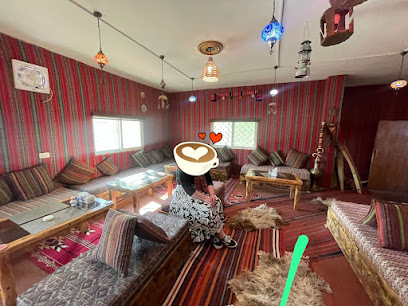
Discover the Enigma of the Silk Tomb
Explore the Silk Tomb in Petra, Jordan - a historical landmark showcasing the architectural splendor of the Nabatean civilization.
The Silk Tomb, an awe-inspiring historical landmark in Wadi Musa, Jordan, is a must-visit for history enthusiasts and tourists alike. This archaeological gem, known for its stunning façade and intricate carvings, reflects the grandeur of the Nabatean civilization. Nestled within the enchanting city of Petra, the Silk Tomb offers visitors a glimpse into a world where art, history, and nature converge harmoniously. Explore its captivating architecture and let the whispers of the past transport you to a time when this magnificent site was at its peak.
A brief summary to Silk Tomb
- 8CHX+6P5, Wadi Musa, JO
- Visit website
- Monday 8 am-6 pm
- Tuesday 8 am-6 pm
- Wednesday 8 am-6 pm
- Thursday 8 am-6 pm
- Friday 8 am-6 pm
- Saturday 8 am-6 pm
- Sunday 8 am-6 pm
Local tips
- Visit early in the morning or late in the afternoon to avoid the heat and enjoy the stunning light for photography.
- Wear comfortable shoes as the terrain can be uneven and involves some walking.
- Consider hiring a local guide to enrich your understanding of the site's history and significance.
- Bring plenty of water and snacks, as exploring Petra can be quite extensive.
- Don’t forget to explore the surrounding area; Petra has many hidden gems beyond the Silk Tomb.
Getting There
-
Car
If you're traveling by car, head towards Wadi Musa, Jordan. From Arava, take Route 90 north towards Eilat, then cross the border into Jordan at the Arava Border Crossing. After crossing, follow the signs to Wadi Musa. The Silk Tomb is located at coordinates 30.3280099, 35.449358 in Wadi Musa, Jordan. Ensure you have a valid passport and any necessary visas to enter Jordan. Be prepared for potential border fees, which may vary.
-
Public Transportation
For those using public transportation, take a bus from various locations in Arava to Eilat. From Eilat, you can find bus services that go to the Arava Border Crossing. Once you cross into Jordan, you may need to take a taxi or a local bus from the border to Wadi Musa. Make sure to check the local bus schedules in advance, as they may not run frequently. The Silk Tomb is situated approximately 1.5 kilometers from the Wadi Musa bus station.
-
Taxi
If you prefer a more direct route after arriving in Wadi Musa, you can hire a taxi from the bus station to the Silk Tomb. Taxis are readily available, and the ride should take about 5-10 minutes. It's advisable to negotiate the fare beforehand or ensure that the meter is running. The cost may vary, but expect to pay around 3-5 Jordanian Dinars for this short trip.
Discover more about Silk Tomb
Iconic landmarks you can’t miss
Street of Facades
0.3 km
Explore the Street of Facades in Jordan, where stunning architecture meets rich history amidst a vibrant local atmosphere.
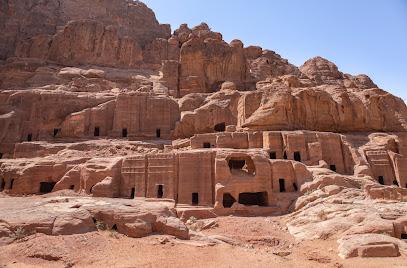
Facades Street
0.5 km
Discover the breathtaking beauty and historical richness of Facades Street in Jordan, a perfect hiking destination for nature and history enthusiasts.
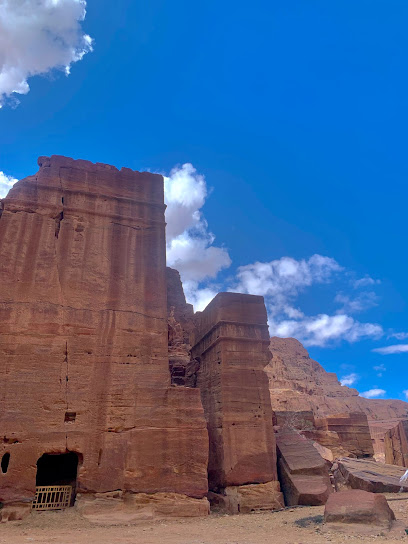
Unmissable attractions to see
Corinthian tomb
0.0 km
Explore the Corinthian Tomb: A breathtaking archaeological site in Uum Sayhoun, showcasing stunning ancient architecture and rich historical significance.
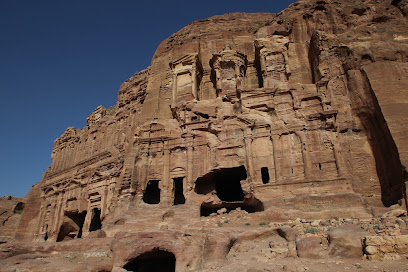
Royal Tombs
0.0 km
Discover the stunning Royal Tombs of Wadi Musa, where ancient Nabataean architecture meets breathtaking natural beauty in Jordan.
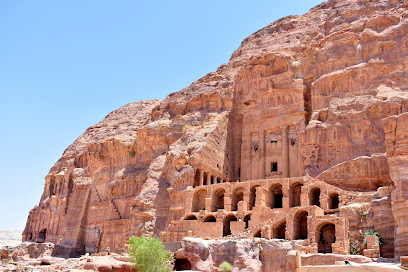
Urn Tomb
0.0 km
Explore the Urn Tomb in Wadi Musa, an iconic testament to Nabatean architecture and a highlight of Petra's ancient wonders.
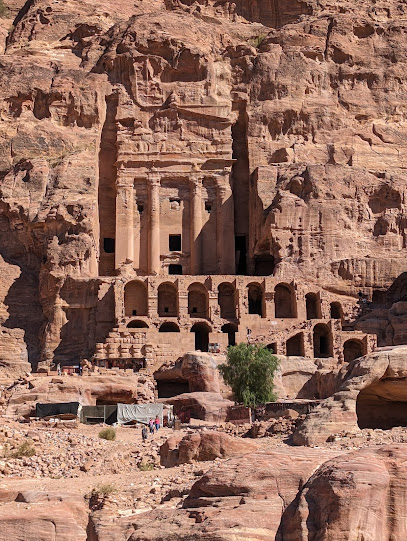
Palace Tomb
0.1 km
Explore the Palace Tomb in Petra, a stunning historical landmark showcasing Nabatean artistry and rich cultural heritage in the heart of Jordan.
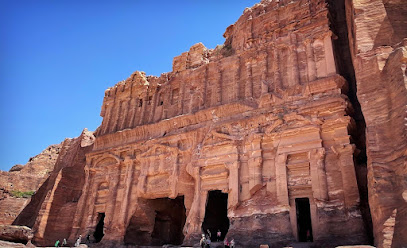
Al-Khubtha Trail
0.2 km
Explore the Al-Khubtha Trail in Petra for stunning views and a journey through ancient history, immersing yourself in the magic of this UNESCO World Heritage Site.

Tomba di Sestio Fiorentino
0.3 km
Explore the Tomba di Sestio Fiorentino, a stunning archaeological gem in Jordan, showcasing ancient artistry and rich historical significance.
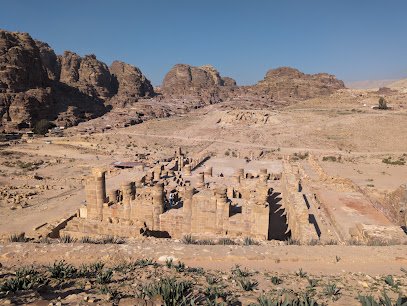
Tomb of 'Unayshu
0.4 km
Discover the Tomb of 'Unayshu, a breathtaking historical landmark in Wadi Musa, Jordan, showcasing the rich heritage of the ancient Nabatean civilization.
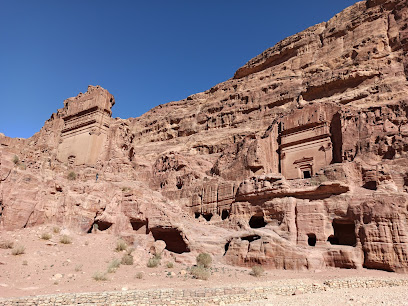
Nymphaeum
0.4 km
Explore Nymphaeum, the historical landmark of Petra District, where ancient architecture meets serene beauty in Jordan's captivating landscape.
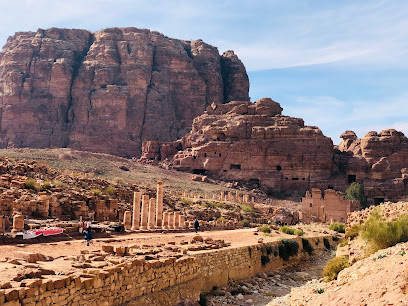
Nabatean Theatre
0.4 km
Explore the ancient Nabatean Theatre in Petra, a marvel of ancient architecture nestled within breathtaking landscapes.
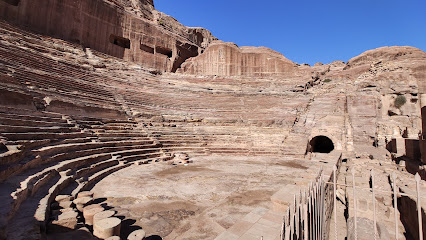
Petra
0.5 km
Discover Petra, the ancient Rose City of Jordan, where breathtaking rock-cut architecture meets rich history in a UNESCO World Heritage Site.
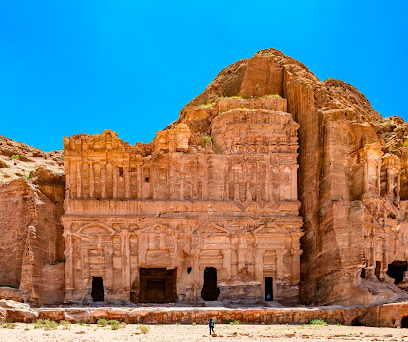
Byzantine Church - Petra
0.6 km
Discover the Byzantine Church in Petra, a stunning archaeological site that showcases rich history and breathtaking mosaics in the heart of Jordan.
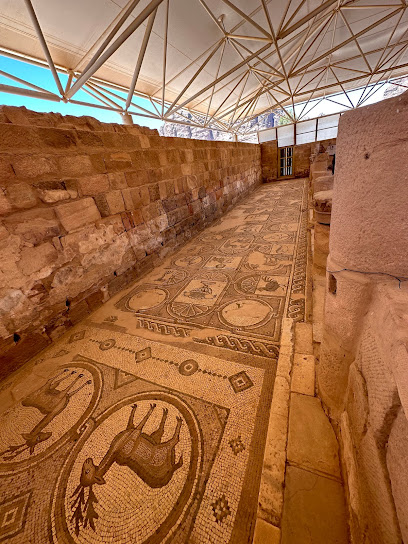
Blue Church
0.6 km
Explore the stunning Blue Church, a historical landmark in Uum Sayhoun, showcasing unique architecture and rich archaeological significance.
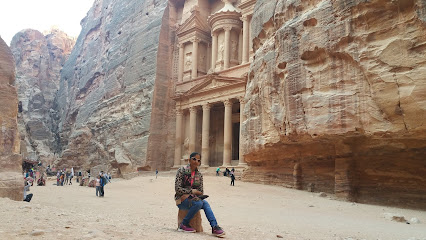
Haut-lieu du Sacrifice
0.7 km
Explore the Haut-lieu du Sacrifice, a captivating historical landmark in Wadi Musa, where ancient traditions and stunning landscapes blend seamlessly.
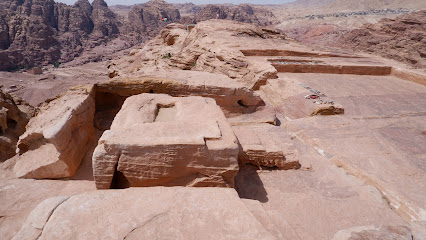
The Treasury from above
0.7 km
Experience the breathtaking views of The Treasury from above in Petra, Jordan, a historical landmark and a must-visit tourist attraction.
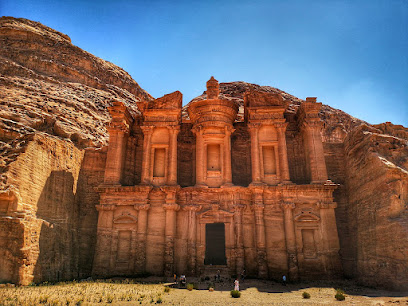
Altar of Sacrifice View Point
0.7 km
Experience the stunning vistas of Petra at the Altar of Sacrifice View Point, a serene spot offering incredible views and rich historical significance.
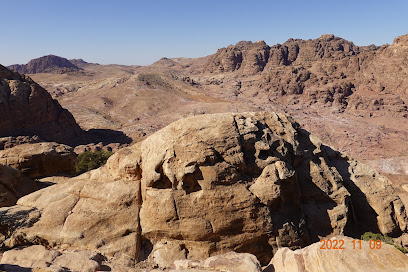
Essential places to dine
Nabatean Restaurant
1.0 km
Experience authentic Jordanian cuisine at Nabatean Restaurant in Wadi Musa, your gateway to exploring Petra's ancient wonders.
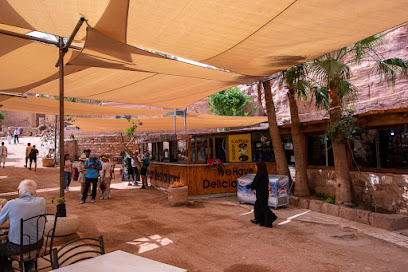
The Basin Restaurant
1.0 km
Experience authentic Jordanian cuisine at The Basin Restaurant in Petra, where stunning views meet delicious flavors.
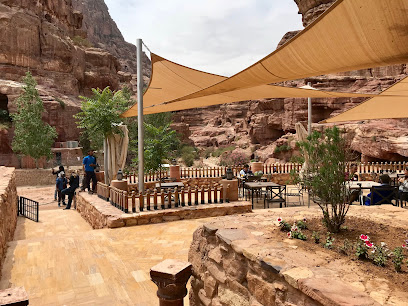
The Aloe Vera Restaurant
1.8 km
Experience authentic Jordanian cuisine at The Aloe Vera Restaurant in Wadi Musa – where every dish tells a story.
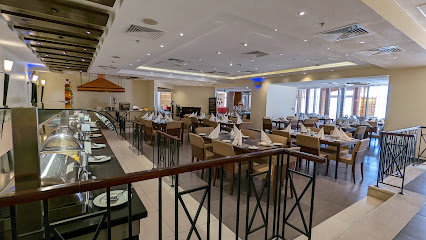
La plazza pizza
1.8 km
Discover the flavors of Wadi Musa at La Plazza Pizza - where every slice tells a story amidst stunning landscapes.
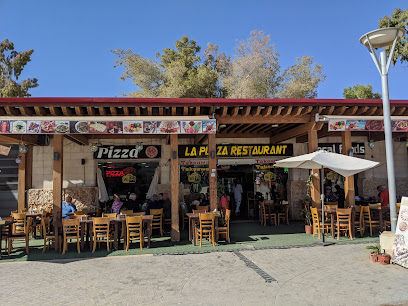
Al Ghadeer Roof Garden
1.9 km
Experience exquisite Middle Eastern cuisine at Al Ghadeer Roof Garden while enjoying breathtaking views of Petra's ancient landscape.
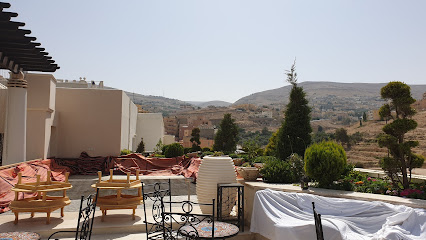
Al Saraya Restaurant
1.9 km
Experience exquisite Jordanian flavors at Al Saraya Restaurant, your ultimate buffet destination in Wadi Musa near Petra.
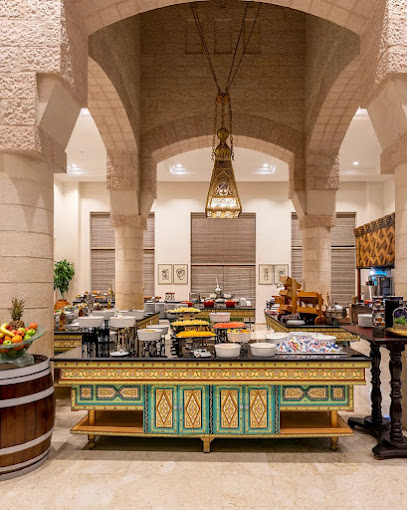
Al Iwan Restaurant
1.9 km
Savor authentic Middle Eastern flavors in Wadi Musa at Al Iwan Restaurant - where tradition meets taste in every dish.
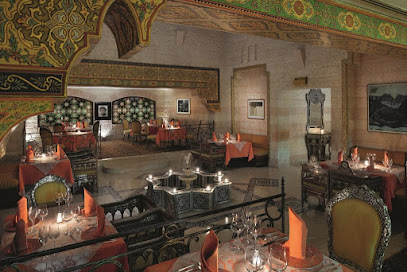
Al Maqa'ad Bar
2.0 km
Experience relaxation at Al Maqa'ad Bar in Petra with delicious food and refreshing drinks amidst stunning views.
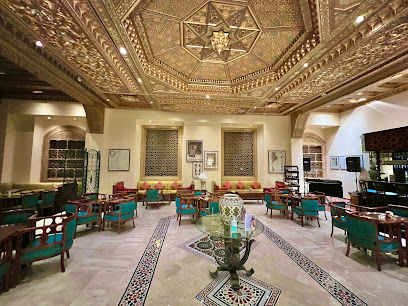
rendezvous restaurant petra
2.0 km
Discover authentic Asian flavors at Rendezvous Restaurant Petra, where every dish tells a story amidst the stunning backdrop of Wadi Musa.

Old Street Cafe & Restaurant
2.0 km
Experience delightful flavors and warm hospitality at Old Street Cafe & Restaurant in Wadi Musa—where every meal tells a story.
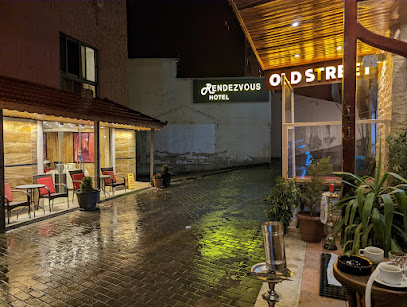
Red Cave Restaurant
2.0 km
Experience authentic Jordanian flavors at Red Cave Restaurant in Wadi Musa - a culinary treasure near Petra.
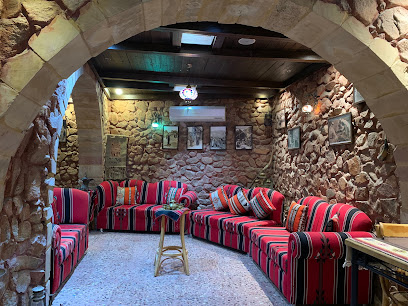
Pizza House
2.0 km
Savor delicious pizzas at Pizza House in Wadi Musa – where flavor meets tradition in a cozy setting.
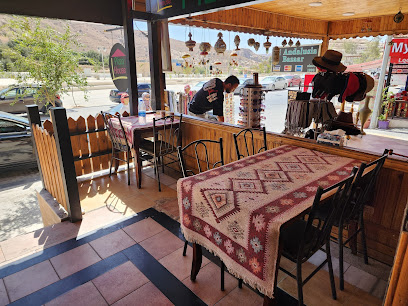
Petra oriental restaurant
2.0 km
Experience the authentic taste of Jordanian cuisine at Petra Oriental Restaurant in Wadi Musa—where tradition meets flavor.
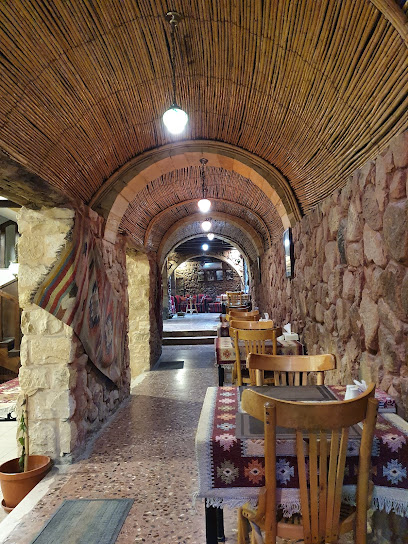
Sandstone
2.0 km
Experience authentic Jordanian cuisine at Sandstone in Wadi Musa - a culinary gem near Petra offering delightful flavors and warm hospitality.
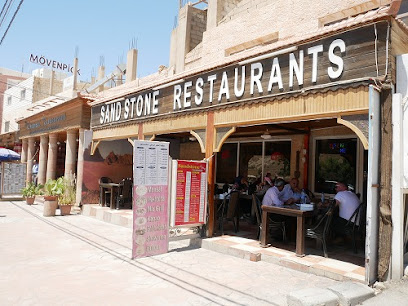
PETRA CABIN RESTAURANT
2.0 km
Discover family-friendly dining at Petra Cabin Restaurant, offering delicious local and international cuisine near the wonders of ancient Petra.

Markets, malls and hidden boutiques
The cave
0.2 km
Explore the charm of Petra through its souvenir store, offering unique handcrafted treasures that celebrate the local culture and history.
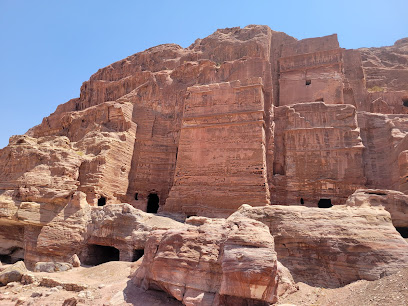
Married to a Bedouin Umm Raami's shop
0.2 km
Explore the heart of Wadi Musa with Umm Raami's handcrafted jewelry, where tradition meets artistry in every exquisite piece.
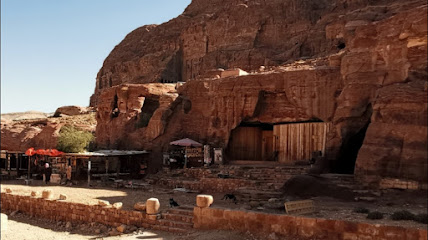
The Cave Bar
1.8 km
Discover the enchanting Cave Bar in Wadi Musa, a unique nightlife destination set within a natural cave, perfect for drinks and relaxation after exploring Petra.
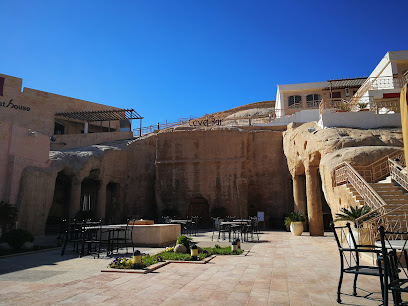
Jeff's Book Shop
1.8 km
Explore the charm of Jeff's Book Shop in Wadi Musa, where local literature and unique finds await every traveler.
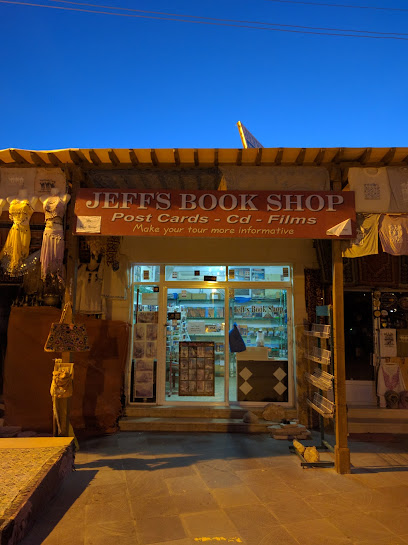
Petra Museum
1.8 km
Discover the rich history of the Nabataean civilization at the Petra Museum, a must-visit destination for all culture enthusiasts exploring Petra.
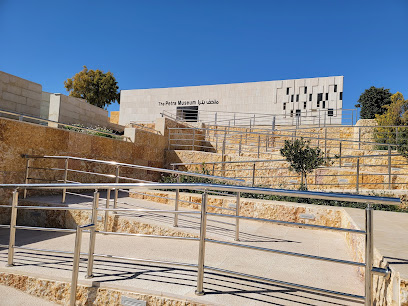
Petra Visitor Center
1.8 km
Explore the wonders of Petra at the Visitor Center, your essential guide to the ancient city’s rich history and breathtaking landscapes.
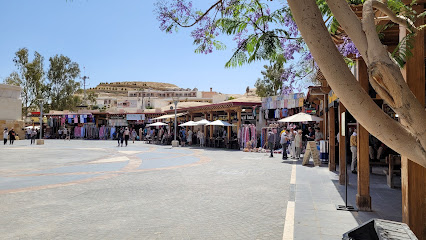
Petra Rosemary Shop & Frankincense
1.9 km
Explore the charming Petra Rosemary Shop & Frankincense for unique Jordanian gifts and aromatic treasures near the ancient city of Petra.
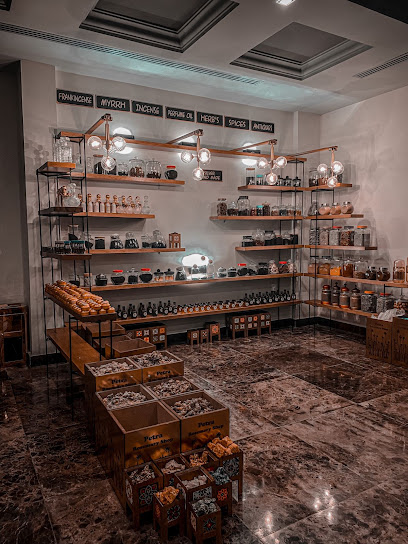
Ramez Supermarket
1.9 km
Discover local flavors and essentials at Ramez Supermarket, your go-to grocery stop in Uum Sayhoun, Jordan.
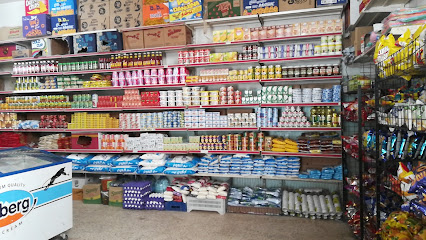
Mövenpick Petra
2.0 km
Discover unparalleled luxury and comfort at Mövenpick Petra, your gateway to the ancient wonders of Petra, Jordan.

Murad Mini Market
2.0 km
Explore Murad Mini Market in Wadi Musa for an authentic shopping experience filled with unique Jordanian gifts and local treasures.
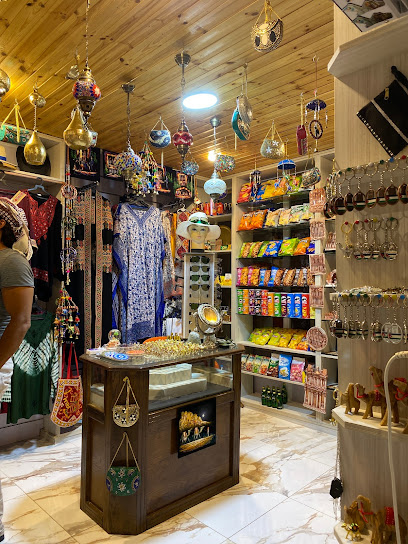
Lawrence of Arabia Souvenir
2.0 km
Explore the Lawrence of Arabia Souvenir shop in Wadi Musa for unique local crafts and memorable keepsakes from your Jordanian adventure.
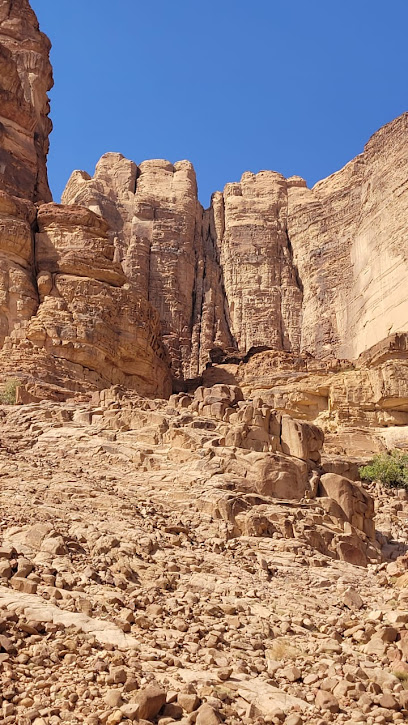
4²8
2.1 km
Discover 4²8 in Ma'an, a premier grocery store offering a diverse selection of local and international foods, perfect for all your culinary adventures.
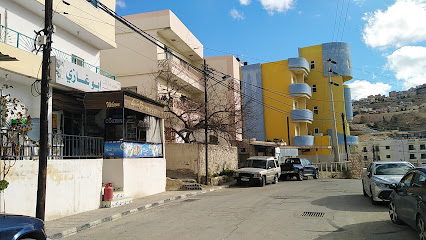
The Monastery
2.1 km
Explore The Monastery, a breathtaking historical landmark in Uum Sayhoun, where ancient architecture meets stunning natural beauty.
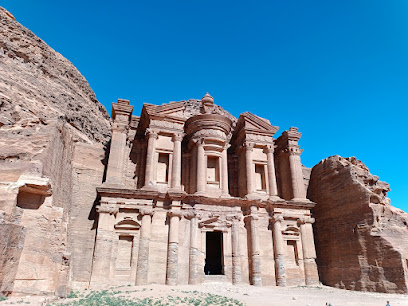
Petra Night Restaurant
2.1 km
Experience authentic Jordanian cuisine at Petra Night Restaurant, a must-visit dining spot in Wadi Musa with stunning views of Petra.

Petra Kitchen
2.1 km
Experience the rich culinary heritage of Jordan at Petra Kitchen with immersive cooking classes that bring local flavors to life.
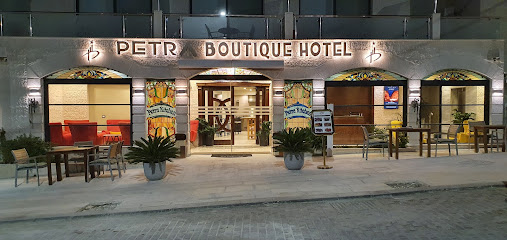
Essential bars & hidden hideouts
Al Multaqa Lobby Lounge
1.9 km
Discover Al Multaqa Lobby Lounge, a serene escape in Wadi Musa offering exquisite local and international cuisine amidst the beauty of Petra.
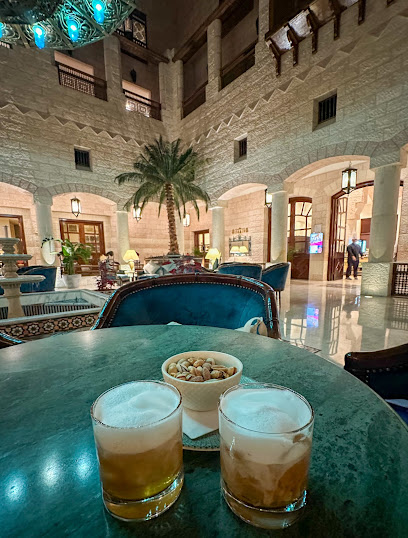
Al Baraka Tea Room
2.0 km
Experience authentic Jordanian hospitality at Al Baraka Tea Room in Wadi Musa, offering a rich selection of teas and flavors near Petra's wonders.

صالة مسايا
2.2 km
Discover tranquility and comfort at صالة مسايا, the perfect lounge to unwind after exploring the wonders of Petra.

Kilkenny Bar
2.2 km
Kilkenny Bar in Wadi Musa - A perfect retreat for travelers seeking relaxation, great drinks, and a vibrant atmosphere.

Palm Court Restaurant & Cafe
2.3 km
Experience the flavors of Jordan at Palm Court Restaurant & Cafe in Wadi Musa, a culinary gem near the historic Petra site.
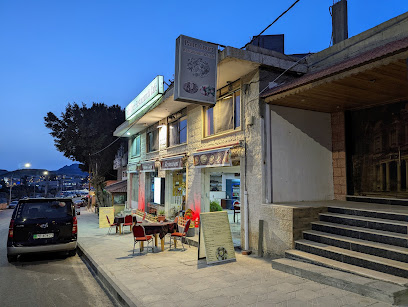
Time Out
2.8 km
Experience the authentic flavors of Jordan at Time Out, Wadi Musa's premier restaurant, just minutes from the ancient city of Petra.
